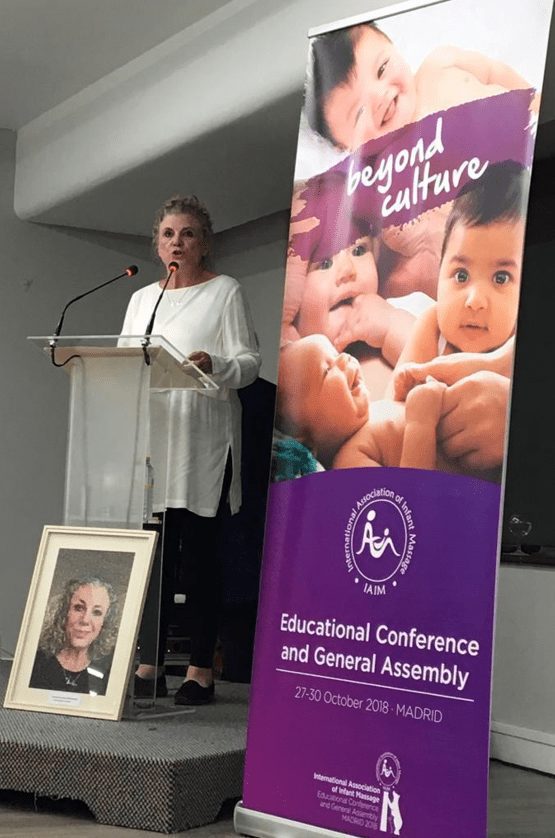An interesting study finds that babies’ crying has melodic patterns that are influenced by their mother’s language. During the last quarter of pregnancy, the babies get ample opportunity to become acquainted with their “mother language.”
Kathleen Wermke, professor at the University of Wurzburg in Germany, says, “Building blocks for the development of the future language are acquired from the moment of birth, and not only when infants begin to babble, or to produce their first words.”
This phenomenon seems to be especially apparent in tonal languages like Mandarin—China’s official language—or Lamnso, the language of the Nso in Cameroon—where pitch and pitch fluctuation determine the meaning of words.
“The crying of newborns whose mothers speak a tonal language is characterized by a significantly higher melodic variation as compared to—for example—German newborns,” Wermke added.
For the study, the team examined 55 babies from China and 21 from Nso in Cameroon, and their cries were recorded during their first days of life. The infants of the ‘Nso’ in Cameroon exhibited not only a significantly higher “intra-utterance overall pitch variation”—the interval between the highest and the lowest tone—their short-term rise and fall of tones during cries was more intensive in comparison with the newborns of German-speaking mothers.
“Their crying sounds more like chanting,” Wermke noted. In addition, the study also highlights that newborns exhibit a high degree of cross-cultural universality in their crying. These results could even suggest that genetic factors are involved in the process in addition to external factors, the researchers said.
The study also improved the possibility to identify early indicators that provide reliable information about any developmental disorders in this field at a very early stage, said the paper published in the the journals Speech, Language and Hearing and Journal of Voice.
